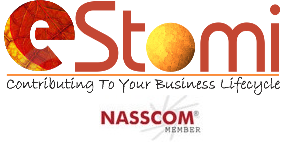Did you manage to buy any item during Big Billion Day sale this Oct at Flipkart? Why didn’t Amazon put up sale that big despite having years of experience in conducting large amounts of sales though? No, the intent of this blog is not to compare those two giants; however, bring up to attention how difficult it has become these days to predict accurately, regardless of the size. Did you lose focus?
The consumer sensitivity puts more pressure on retailers to stock wider assortments these days. It then introduces challenges in inventory. The customer tolerance has also gone down significantly, making the retailers to stock it in stores and not in warehouses as the customers are not willing to wait for longer periods. What about the product life itself? I wouldn’t be surprised that most of the millennials have long foregone the guilt feeling to replace their smartphones every month. Am sure the news of people selling kidneys to buy iPhone doesn’t surprise anybody, anymore. Rami Goldratt says that companies that do not dramatically improve response times will not exist in the future. By applying TOC (Theory of Constraints), the impact can be minimized significantly.
Often people use extended buffer as high as 50% to complete timelines. However, the problem is that most of them end up using it towards the end. Multi-tasking is not a forte of everybody. Unless prioritized, one tends to lose capacity and quality.
In short, one should not lose focus. There could be many areas that can be improved; however, not everything that can be improved should be improved. Focus to improve something that’s limiting from being more productive and identify the right constraint(s). Once you do that, find the right set of tools to remove those constraint(s).
Have you planned to identify the right constraint(s)? Good luck.
